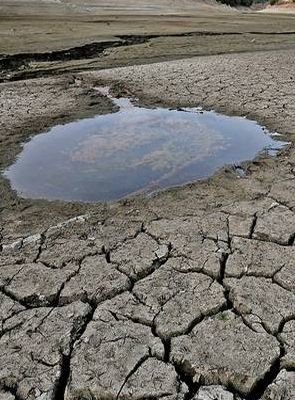Heavy rains partially hit rabi corp in north India, severe impact predicted

Rains are rampant in the north and central parts of India, which should have been a respite from untimely heating up of the area. But as most agriculturists and farmers see it; these rains are unseasonal. Being untimely, the rains and hailstorms have left behind substantial trail of destruction to crops, which would only increase, in the coming days, if forecast from India Meteorological Department (IMD) is anything to go by.
The untimely rains are a result of western disturbance, which is induced by upper air cyclonic circulation. The rainfall, over next couple of days is believed to be moving steadily to the east and the northeast region of the country. heavy rain and thunderstorms are projected by the IMD in this region spanning from Chhattisgarh to Tripura.
Due to untimely rains in the last couple of days in the Northern States of Punjab, Haryana and western Uttar Pradesh there are reports of damage to the output of rabi crops (wheat, mustard and coriander), but agricultural ministry said, the destruction is not alarming.
In some parts of the abovementioned states, the standing crops have flattened, but the damage to the standing rabi crops is limited and localised, Trilochan Mohapatra, Director General, Indian Council for Agricultural Research (ICAR) said.
Rabi crop is harvested in the month of March and April, but standing rabi crop output can be adversely affected with rains and strong winds. How the weather plays in the next few days will be crucial for the crops and hopeful farmers praying against all odds for the rain gods to spare them.
The Indian Meteorological Department has issued a precautionary advisory to the farmers in rain-hit areas. The farmers are advised to postpone irrigation and provide adequate drainage to the crops in order to avoid water stagnation. The farmers must harvest the matured crops instantly, and the harvested crop should be stocked safely.
Around the same time last year, north-western regions of India received heavy rainfall leading to loss of about 9% fall in wheat output to farmers.

